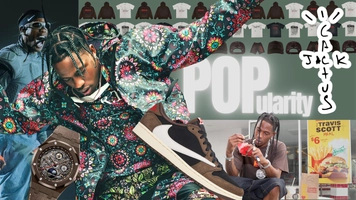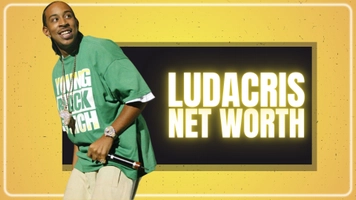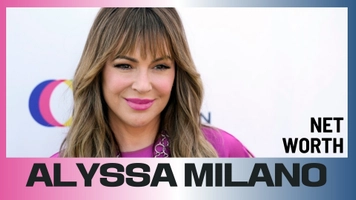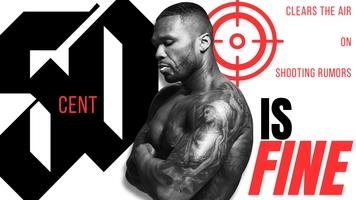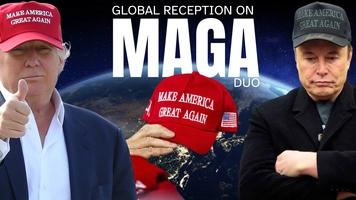Travis Scott’s Creative Process: How He Crafts His Albums
Share your thoughts on Travis Scott’s genius and creative process of crafting his chartbusting albums.
Published Nov 21, 2024
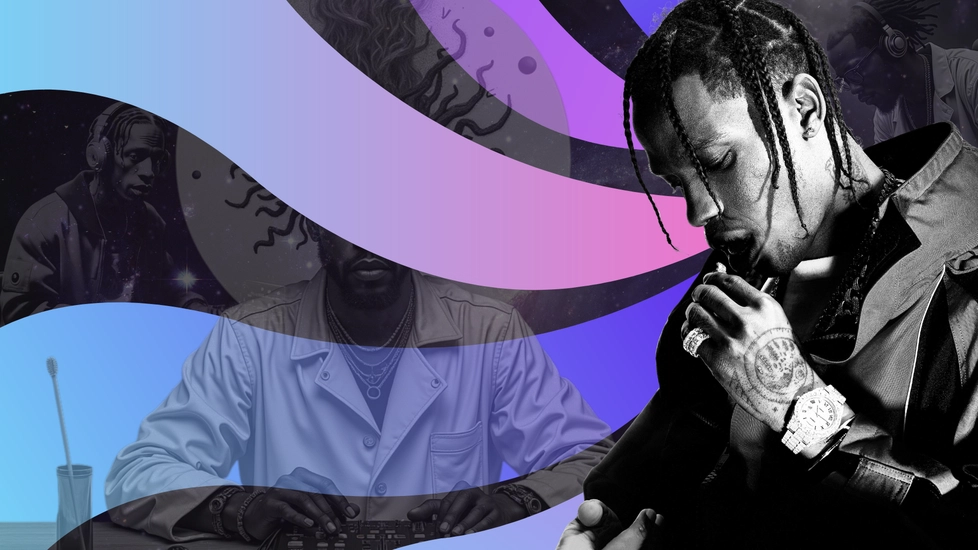
Table of Contents
- Songwriting to Production
- Crucial Role of Other Artists
- Genre Blending and Musical Diversity
- Modern Tools and Technologies Employed For Production
- Evolution of Travis Scott’s Music With Time
- Conclusion
Travis Scott is known for his meticulous, experimental approach to crafting albums, often blending elements from different genres to create a unique sonic landscape. His creative process is deeply rooted in collaboration, improvisation, and a focus on atmospheric production. Each of his albums, from Rodeo to Utopia, reflects his willingness to push boundaries and explore new territories while maintaining a signature style that blends hip-hop, trap, and psychedelic sounds.
Songwriting to Production
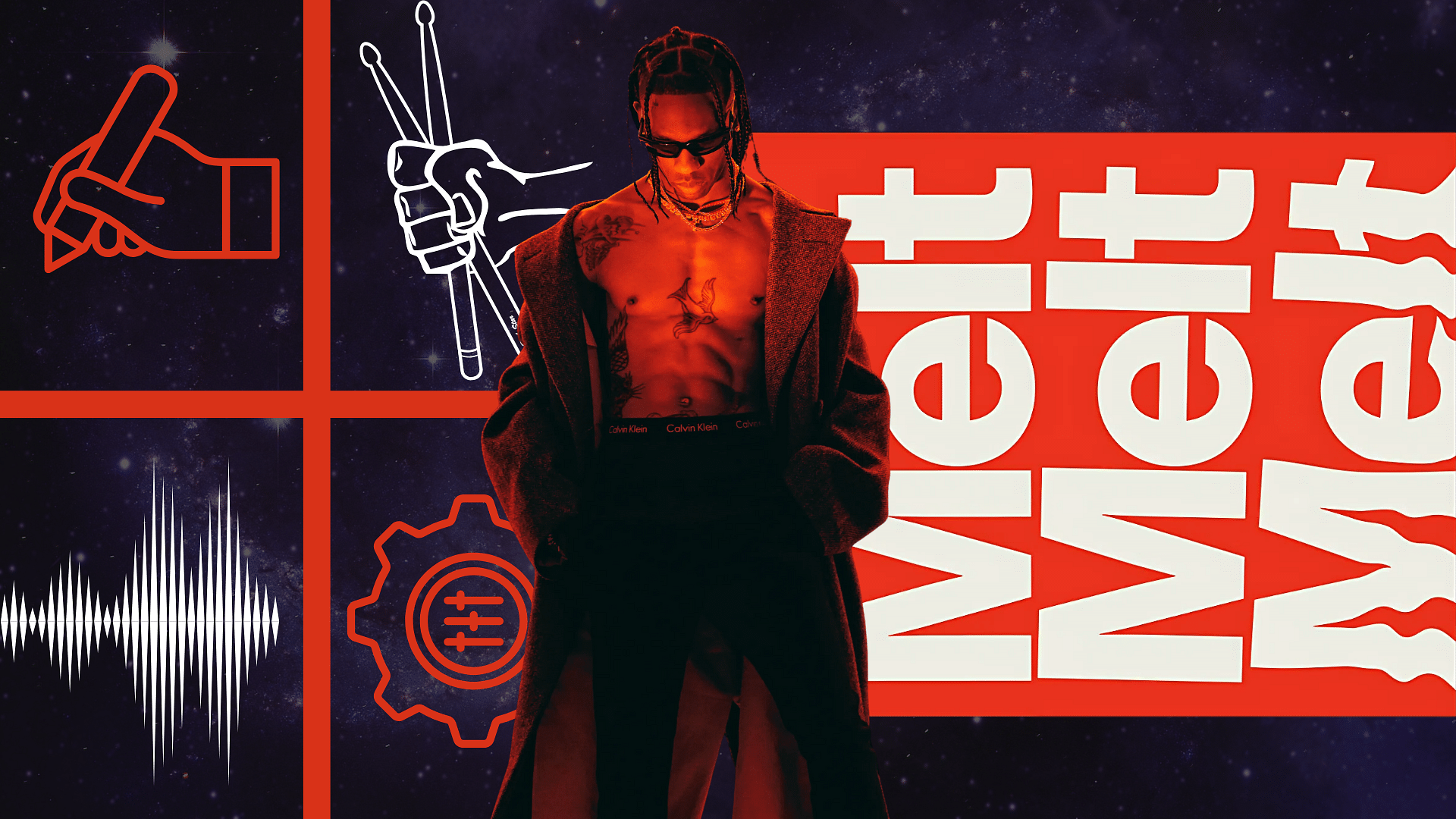
Travis Scott is one of the biggest musicians and his approach to songwriting begins with a strong emphasis on melody and mood. His songs often start with a rough beat or instrumental that sets the emotional tone, followed by free-form experimentation where he layers vocal harmonies, ad-libs, and auto-tuned effects. Rather than focusing on traditional lyricism, Scott prioritizes the overall feeling and ambiance of his tracks, often using his voice as an additional instrument to complement the production.
Once the basic structure of a song is formed, he dives into the production phase, where he pays close attention to crafting a layered, immersive sound. Scott often works alongside skilled producers like Mike Dean, Hit-Boy, and WondaGurl to build rich, multi-dimensional instrumentals. This part of the process is iterative, with beats often getting reworked multiple times to achieve the desired intensity and atmosphere.
A key aspect of Travis Scott’s production is his use of heavy 808s, reverberating drums, and atmospheric synths to create an otherworldly vibe. Usually, He also draws heavily from Houston’s chopped-and-screwed style, often slowing down sections of songs or incorporating distorted vocal effects that contribute to his distinct sound.
Interesting Fact: Travis Scott’s beats typically fall within the 130 to 140 BPM range, with his melodic vocal lines fitting well within G major and G minor scales. Notably, some of his most successful tracks, like "Highest In The Room" and "Goosebumps," are set in the key of G.
Crucial Role of Other Artists
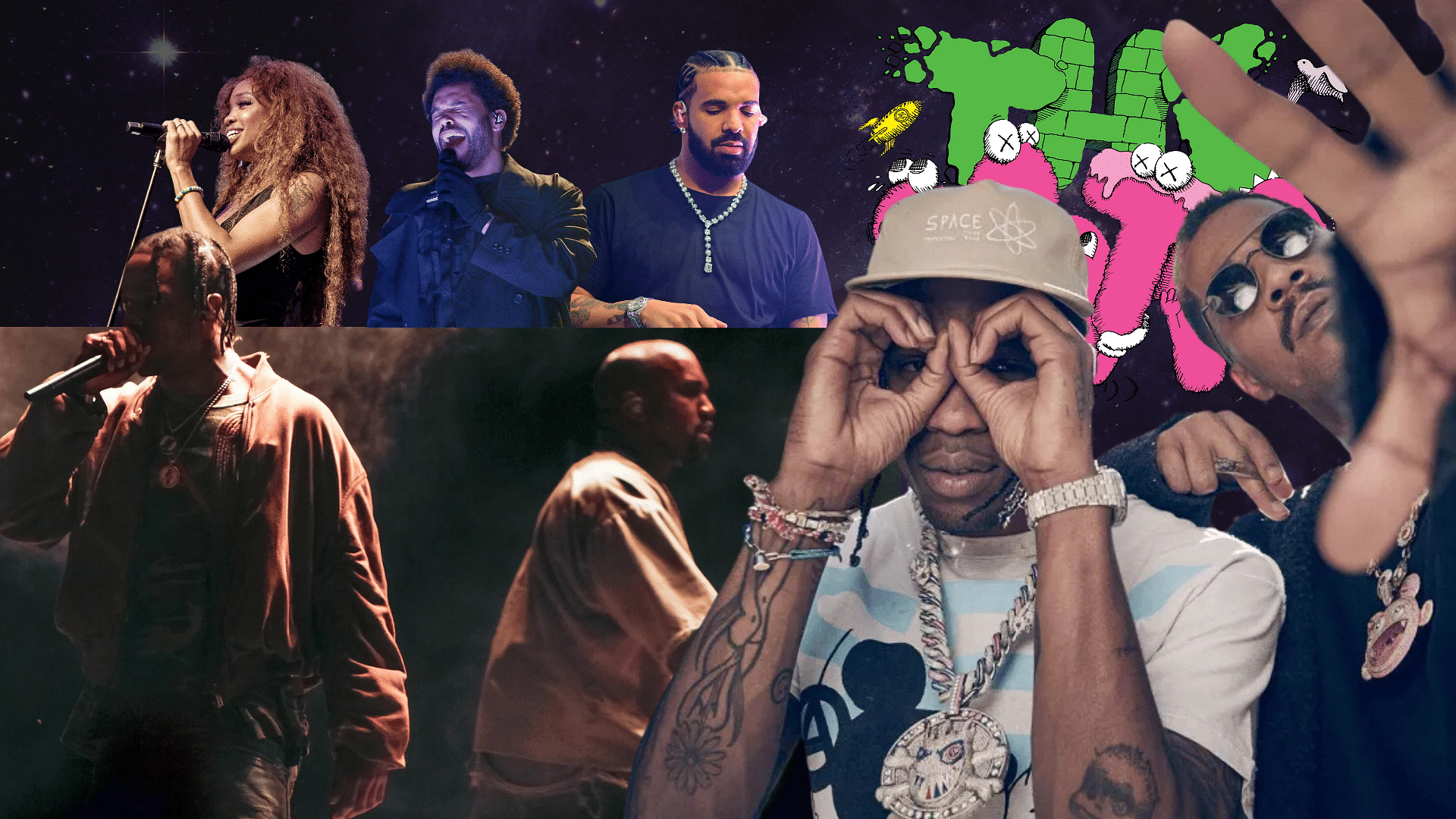
Collaboration is a cornerstone of Travis Scott’s creative process. He frequently brings in other artists—both established names and emerging talents—to contribute to his projects. For example, Kanye West, one of Scott’s mentors, has been instrumental in shaping his sonic palette and experimental tendencies. On the other hand, Kid Cudi’s influence is evident in the way Scott uses hums and melodies as emotive tools in his music.
Guest verses and vocal contributions of other artists add to Scott’s artistry. Artists like Drake, The Weeknd, and SZA, who have appeared on his albums, bring their unique vocal styles and fanbases, elevating the track’s appeal and depth. Background vocal contributions are often subtle but play a significant role in enriching the sonic layers of the song, giving it a fuller, more dynamic sound.
Genre Blending and Musical Diversity
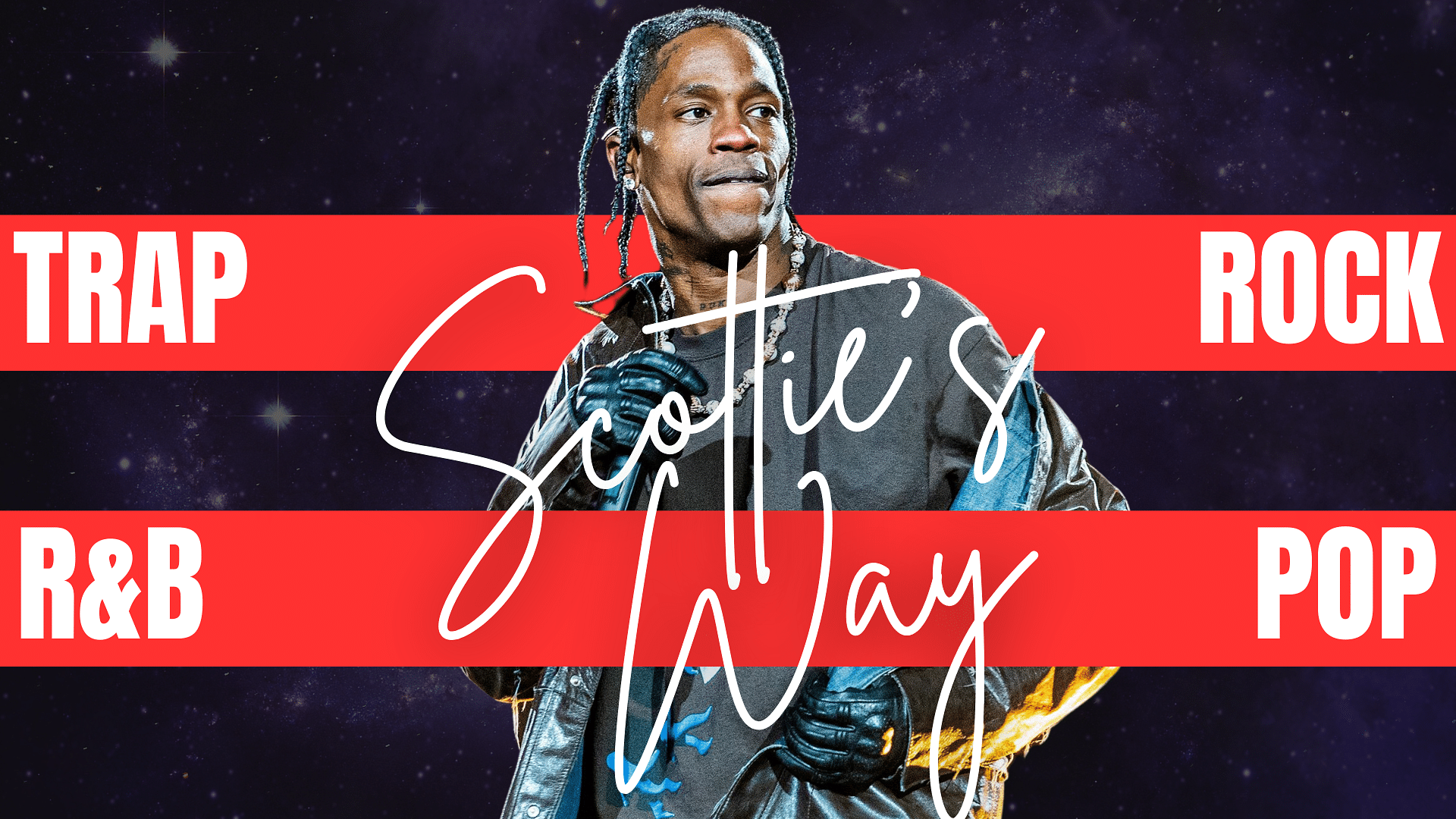
By collaborating with artists from various genres—R&B, trap, pop, and even rock—Scott integrates different musical elements into his production. This genre-blending helps to push his music beyond the confines of traditional hip-hop, resulting in tracks that are more eclectic and innovative. For example, working with artists like James Blake or Stevie Wonder has introduced soulful, experimental, or instrumental elements that wouldn’t exist without collaboration. His ability to blend and diversify has been the biggest reason behind his success and his triumph with Astroworld is the grandest example.
Modern Tools and Technologies Employed For Production
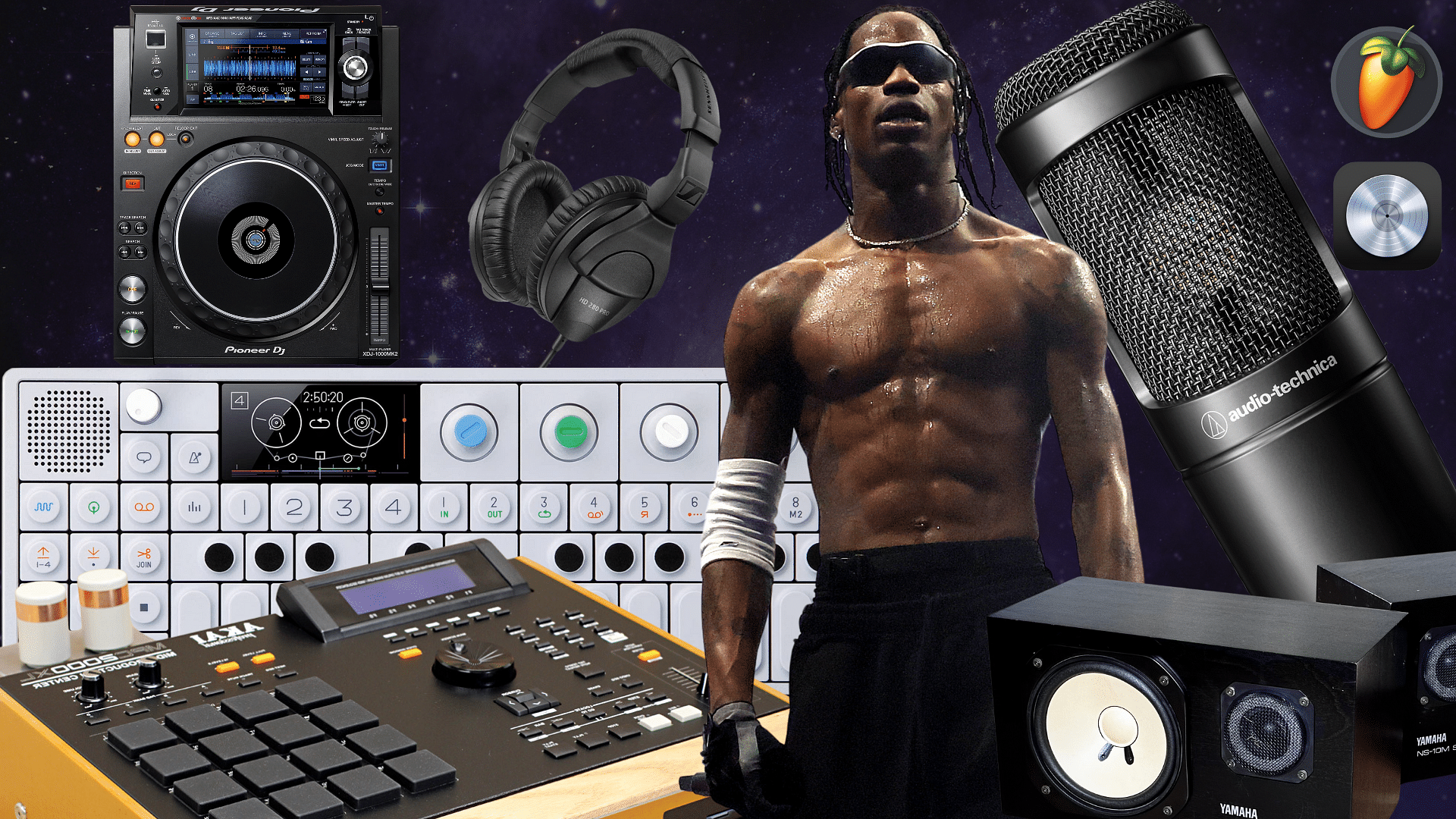
Travis Scott enhances his music using a mix of digital tools, analog equipment, and vocal manipulation technologies. He relies on Pro Tools and FL Studio as his primary DAWs for recording and production, and extensively uses Auto-Tune for vocal manipulation to create his signature sound. Collaborating with top producers, he employs plugins like Soundtoys and Waves for effects such as reverb, delay, and distortion to add depth to his vocals.
In production, Scott integrates sampling tools like Serato Sample and Kontakt, alongside 808 bass and drum programming using Roland TR-808 emulators. He also incorporates analog synths like the Moog Sub 37 and virtual instruments from Omnisphere and Sylenth1 to craft his atmospheric, spacey soundscapes. Live instruments, such as guitars, are often blended with digital elements for added warmth.
Collaborative platforms like Splice facilitate work with other artists, while high-end mixing tools, including Waves and UAD plugins, help engineers like Mike Dean achieve the polished, professional sound Travis Scott is known for. This combination of innovative technologies and collaboration drives his unique, genre-blurring music production.
Some More Auxilliary/Support Equipment Used By Travis Scott:
- Audio-Technica AT2050 (Condenser Microphones)
- Apple Logic Pro (DAW Software)
- Image Line FL Studio (DAW Software)
- Akai MPC 2000XL (Music Production Center)
- Teenage Engineering OP-1 Portable Synthesizer
- Sennheiser HD 280 Pro (Headphones)
- Pioneer XDJ1000 (DJ Controllers)
- Yamaha NS-10M (Speakers)
Evolution of Travis Scott’s Music With Time

Travis Scott’s music evolved over the years to match the changing vibes of the youth and his loyal fans. The following are the ways in which he changed his music and kept winning hearts and accolades on the way:
- From Trap to Psychedelia: Scott’s sound evolved from dark, moody trap beats to psychedelic, genre-blurring music.
- Increased Complexity: Over time, his production has become more layered, incorporating live instruments, varied textures, and complex song structures.
- Broader Collaborations: He has increasingly collaborated with diverse artists, expanding the range of sounds and styles in his music.
- Cinematic and Conceptual Albums: His projects, especially Astroworld and Utopia, have moved toward being more conceptual and cinematic, with immersive soundscapes that reflect broader artistic visions.
Through this evolution, Travis Scott has consistently pushed the boundaries of hip-hop, blending genres, and redefining his sound with each project.
Conclusion
Travis Scott’s creative process revolves around bold experimentation, intricate production, and collaborative synergy. His relentless drive to push artistic boundaries defines his ever-evolving music, making each project a distinct and impactful experience.
Write a comment
Comments
No Comments Yet
Trending

Ye’s Latest Rants: Attacks On Kendrick Lamar, Playboi Carti, Future & More
Amanda Lee Swanson
• Mar 23, 2025
















